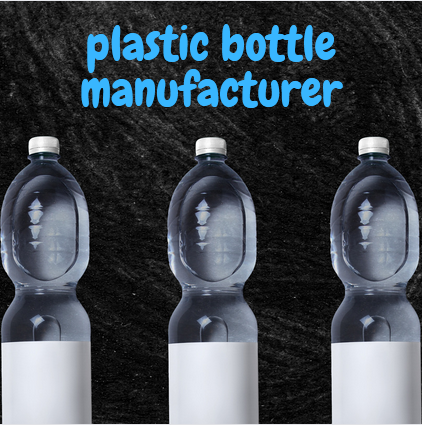The demand for plastic bottles is growing, and so is the need for a professional plastic bottle manufacturer. Fortunately, there are several ways to go about sourcing a quality bottle supplier. Here are some of the top choices:
Polyethylene
Thermoplastics such as polyethylene and polypropylene are often used in the manufacturing of plastic bottles. They are versatile and can be shaped into many different products, ranging from milk bottles to yogurt tubs.
HDPE (high-density polyethylene) is one of the most popular polymers. It is a low-cost, high-performance material that is ideal for many products. Typical uses include milk bottles, produce bags, and plastic wrap. PET (polyethylene terephthalate) is a lightweight plastic that is strong, durable, and transparent. It is commonly used in pharmaceutical containers, food and beverage containers, and personal care containers.
PET is a highly impact-resistant resin, and is therefore perfect for creating clear plastic bottles. However, it can also be colored. Many manufacturers are taking the initiative to make their plastic packaging environmentally friendly. Polyvinyl chloride is another type of plastic that is commonly used in the manufacturing of bottles. It has low thermal stability, however, and releases poisonous gases when exposed to fire.
HDPE, on the other hand, is an impact-resistant, flexible, and translucent plastic. In addition to the high impact strength of HDPE, it is compatible with a wide range of chemicals. Nevertheless, it cannot be used with goods filled to over 70 degrees Fahrenheit or products that require a hermetic seal. A recent advancement in the development of polyethylene bottle is the co-extrusion blow molding process. This technology allows the PCR on the outside of the bottle to be preserved.
Stretch Blow Molding
Stretch blow molding is a process that produces plastic containers. It has a wide range of applications, including bottles for beverages. Plastics such as acrylonitrile butadiene styrene (ABS), polyethylene terephthalate (PET) and polyvinyl chloride (PVC) are commonly used.
Bottles manufactured using stretch blow molding are light, clear and durable. They are suited for a wide variety of applications, such as water, juice and soda pop. The technique also allows for the creation of attractive design elements.
The first stage of the process involves manufacturing the preform. This preform can be either made by a third-party vendor or by a company's own machine. Once a preform has been created, it can be stored for up to four days.
In the second stage of the process, the preform is placed into a mold. A reheat blow molding machine compresses air into the container to expand and form the plastic. Stretch blow molding machines can produce up to 20,000 bottles per hour. These machines can be used to create a variety of containers, from cylindrical to oval.
PET bottles are popular because they are lightweight and pure. They also comply with international food contact regulations. Additionally, they are extremely transparent. There are two basic processes for stretch blow molding: injection and reheat. Both work the same way, though a two-stage process is better for high volume items.
Injection-Mould Labelling
Injection-mould labelling is a process used by plastic bottle manufacturers to apply labels to the inside of a plastic bottle. This process allows the plastic bottle to be decorated with a label of any size, shape or color. The fusion of the label and the container is permanent, and it is fully recyclable.
Although this technology was introduced in the 1990s, it has only recently branched out into other markets. It is a popular method for labeling plastic containers such as bottles. Some of the most common applications for this type of labeling are in the food and beverage industries.
For many, injection-mould labelling has replaced traditional paper or plastic labels. In this type of labeling, the label is inserted into the cavity of the mold before the plastic is injected. A vacuum holds the label in place.
This process is very complex. A variety of materials are used, including the mold itself, the printed label, the plastic, and the inks. These materials must be compatible with one another in order to achieve high productivity.
The in-mold labeling process has gained popularity in the past few years. Many of the leading brands use this process to decorate their containers. It provides a wide array of customization options, as well as an environmentally friendly approach to labeling.

